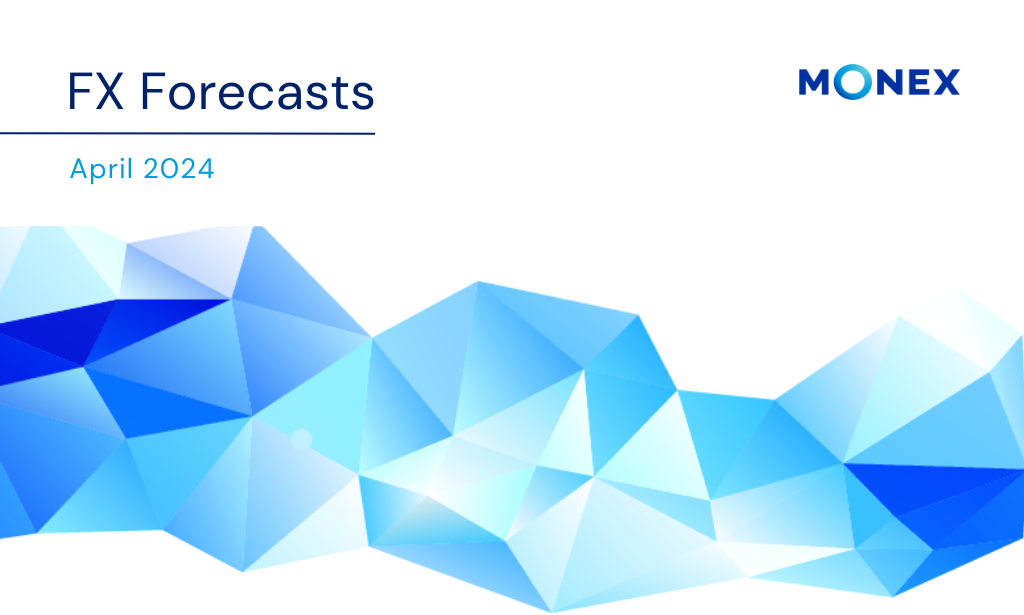While markets focused on the delayed and synchronised start date of G10 monetary easing to keep most major currencies range bound in February, a repeat in March was always unlikely, with some economies already starting to show the effects of maintaining interest rates at their current peaks. Nevertheless, we didn’t expect the greenback to have a completely clear path higher given that growth conditions are beginning to converge, and the start of the Fed’s easing cycle is drawing closer. As a result, we entered March believing the dollar was “starting the hard yards” of its next leg higher. In many ways this thesis played out. Markets have begun to price in greater divergence in DM monetary policy paths despite maintaining a synchronised start date, unlocking further dollar strength and leading to an uptick in FX volatility. Specifically, stronger inflation pressures in the US saw markets adjust towards a shallower easing profile for the Fed, while weaker cyclical conditions elsewhere either undermined hawkish guidance from policymakers or led central banks to pivot in a dovish direction. As a result, yield spreads have widened once again in favour of the dollar, even as US Treasury yields failed to close the month at year-to-date highs.
We suspect April will bring more of the same for FX markets. Expectations of monetary easing across the G10 are likely to diverge further, and with the Fed unlikely to shift from its more cautious footing, this should spur further dollar strength as the greenback’s relative yield advantage is maintained. This leaves Asian FX particularly under pressure, although here we doubt there will be a “change in management”. Admittedly, there is a risk that slower US growth at the start of the year begins to weigh on inflation and resurrect the prospect of a deeper Fed easing cycle this year. But we think markets will be hesitant to jump to this conclusion having incorrectly done so three times now. Even if this is the case, we suspect that rate spreads are unlikely to narrow considerably against the dollar, with faster Fed easing likely to correspond with markets betting on more aggressive cutting cycles from peer central banks. In fact, we think improving growth conditions outside of the US poses the largest risk to our moderately bullish dollar forecasts this month as opposed to a more dovish trajectory for US rates. That said, with a credible challenger to US economic outperformance yet to emerge, this risk remains limited.
You can read our April 2024 FX Forecasts report here:
DOWNLOAD THE FULL REPORT
Authors:
Simon Harvey, Head of FX Analysis
Nick Rees, FX Market Analyst
María Marcos, FX Market Analyst
 Login
Login
